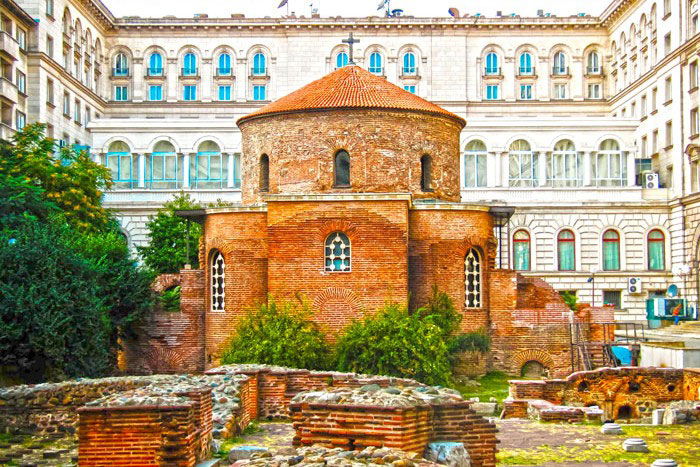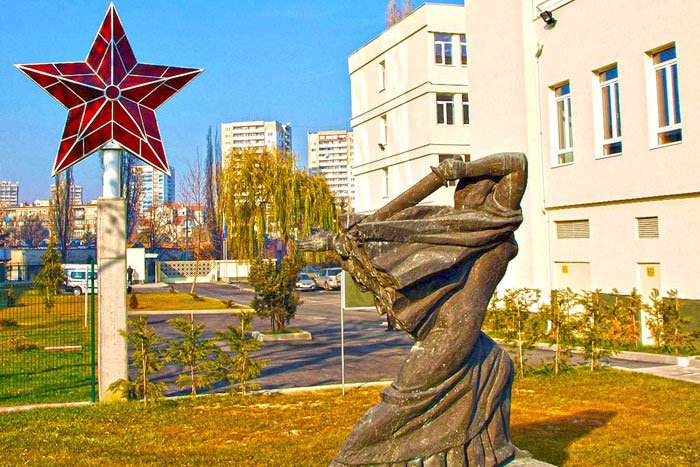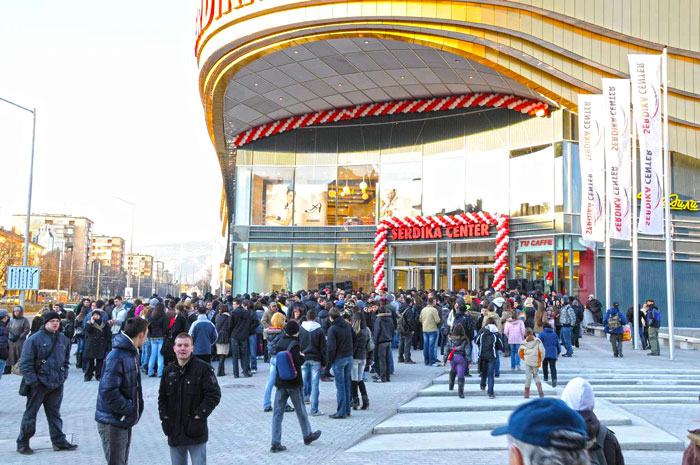Discover St. George Rotunda Church on Private Guided Sofia Tours
A Hidden Gem in the Heart of Sofia
St. George Rotunda Church is a must-see stop on private guided Sofia tours. This small, round church is tucked between a hotel and the presidential building. Many people walk by without even noticing this ancient treasure.
The church was built in the 4th century during the Roman Empire. It is one of the oldest buildings still standing in Sofia today. At that time, the city was called Serdika, a major Roman center in the Balkans. Emperor Constantine the Great once said, “Serdika is my Rome.”
Though small in size, the Rotunda is rich in history and peaceful beauty. Inside, you can feel the spiritual energy of centuries past. Private guided Sofia tours will help you explore this spot in detail.
To learn about more places in Sofia, visit our city tours Sofia page.
What Lies Beneath the Church
Experts believe this church was once a martyrion. A martyrion is a building that honors a Christian martyr.
Under the church, archaeologists found a hypocaust system. This Roman invention was used to heat floors with warm air. It was common in Roman baths but rare in religious sites. The Rotunda’s hypocaust is higher than normal, raising many questions.
Some believe this special design had a deeper religious purpose. Whatever the reason, it adds mystery to this beautiful building. You can explore similar wonders with our daily Ephesus tours.
You may also enjoy connecting with our Istanbul tour guides for more history.
The Rotunda Through the Centuries
The church has survived wars, earthquakes, and empires. It started as a baptistry in the 4th century.
By the 6th century, it became a full Christian church.
In 1469, the writer Vladislav Gramatik described it in his work. He mentioned it while telling the story of St. Ioan Rilski’s relics. The relics were moved from Turnovo to Rila Monastery that year.
During Ottoman rule (1512–1520), the church became a mosque. It was called Gyul-djamasy. Wall paintings were covered with white plaster. Floral art was painted over the original Christian murals.
After Bulgaria gained freedom in the 19th century, the mosque was abandoned. In 1915, the Rotunda was restored.
The minaret was removed, and the original artwork was revealed. Three layers of Christian paintings were found and preserved.
Today, the church holds Orthodox liturgies every day. Want to attend a service? Contact us for help.
Visit the St. George Rotunda Church Today
This small church offers a big experience. Private guided Sofia tours give you insight into its deep past. Let our guides take you to this peaceful, historic place.
Explore, learn, and enjoy the beauty of ancient Sofia!





